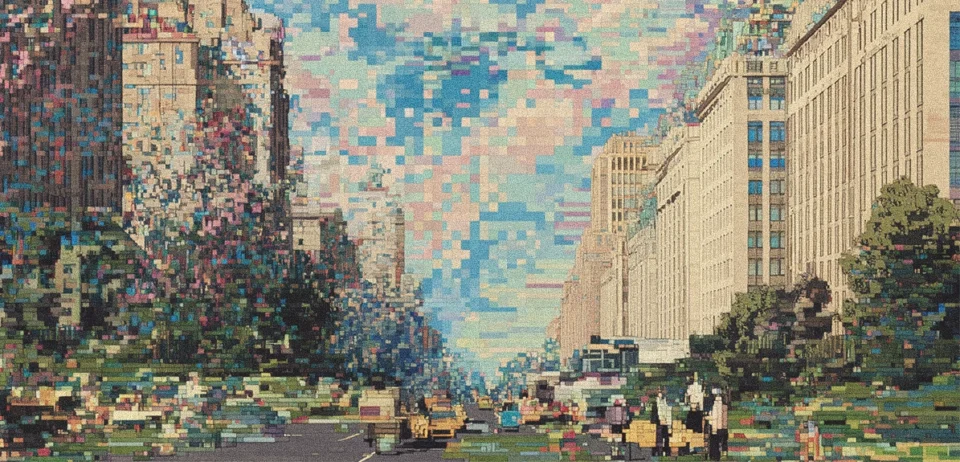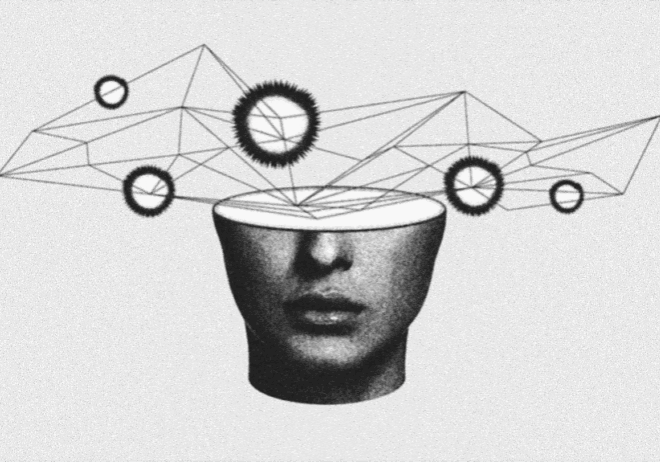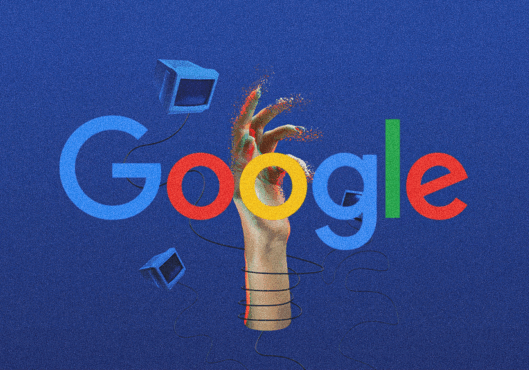
From Pixels to Possibilities: AI Rendering Is Changing the Game
Let’s be honest: Rendering used to be the conversation nobody wanted to have. Just background noise, causing your laptop to become so hot you’d want to toss it out the window and ringing out all the patience your process had to offer unless you were into architectural design, VFX, or game development—in which case, it was just a way to get to the next goal. A murky blur before the beauty.
However, that is now ended.
We’re now in the era of AI rendering, and it’s flipping the script. No longer just a backend grind, it’s becoming a real-time engine for visual storytelling—powering everything from virtual try-ons and hyper-real ads to immersive gaming and dynamic livestreams. Machine learning isn’t just speeding things up—it’s making visuals smarter, more personalized, and infinitely more creative.
So, what’s next-gen rendering really about—and why should marketers, creators, and brands jump in now? Let’s break it down. No jargon, no fluff.
What is rendering, anyway? And why should we care about AI getting into it?
Rendering is the process of creating an image from a 2D or 3D model on a computer. It is what makes your favorite film scenes look photo realistic, your favorite video game environments immersive, and your AR filters feel real.
In the old days, rendering was a complicated and computer-hungry process. It took forever, it was expensive and it required a lot of manual tweaking to get things just right. AI rendering? Pretty much cuts the time, learns from details, and begins automating lighting, textures, and shadows, and your artifacts are completely transformed in half the time or less.
AI rendering uses neural networks trained on enormous datasets to “fill in the blanks” or generate frames more efficiently. It’s not only faster, but also smarter.
Let’s explore the AI engines driving the change
Consider Adobe’s Firefly, NVIDIA’s DLSS (Deep Learning Super Sampling), and Meta’s Make-A-Video. These are complete transformation agents, not merely tools.
- Ray reconstruction AI is used by NVIDIA DLSS 3.5 to produce hyperrealistic lighting with minimal computing strain. Interpretation? Beautiful graphics without taxing your GPU.
- With just basic text prompts, Meta’s AI video production models are learning to produce animated visuals.
- AI rendering tools, including compositing, lighting adjustments, and scene generating automation, is brought to the design table by Adobe Firefly.
AI rendering models are even being incorporated into Unreal Engine to enable real-time collaboration between developers and artists. And you know what? AAA video games and Hollywood blockbusters are no longer the only examples of this. Additionally, brands are stepping in.
Ad AI rendering: From flat to perfect
Shooting the same product in twelve different lighting configurations solely to obtain “the look” is a thing of the past. Brands may enter a product model and quickly see it in a variety of settings, including a studio, beach, woodland, snowfall, Mars, and more, thanks to AI rendering.
- AI rendering is being used by beauty brands to create virtual try-ons that change the user’s skin tone, lighting, and cosmetics effects in real time.
- Nowadays, automakers create photorealistic vehicle ads without ever having to travel a single mile. Indeed, AI is used to create even the raindrops.
Higher levels of personalization, quicker campaign turnaround times, and infinitely scalable images across formats and geographies are all results of this.
Virtual commerce is redesigned
AI rendering is guiding the ship, and e-commerce companies are already enjoying the ride. Intelligent visualization is changing the industry that once required expensive picture shoots, stylists, and an infinite number of product permutations. AI rendering gives the digital shelf flexibility and realism, producing an experience that is as near to “in-store” as your screen can get. This is where it appears:
- AR tools that adjust in milliseconds are available for trial before purchase.
- Dynamic product demonstrations that change according to your browser, settings, or even your current mood (yep, mood-based purchasing is a thing these days).
- Brands may sell a feeling before they sell the fabric by using 3D avatars dressed in AI-rendered clothing.
Online buying is becoming more personal thanks to this technology, not just more attractive. Additionally, AI-rendered experiences are a winning combination as Gen Z seeks both aesthetics and authenticity at the same time.
Real-time, real magic—Live rendering with AI
This is where it can get seriously crazy.
Take a live sports broadcast—now imagine the exact same live broadcast where the ads in the billboards change depending on who is watching. This is the personalization power of AI rendering—like changing DOOH (Digital Out Of Home) ads live, during the event.
Or think of Twitch streamers. In many situations, now you could have the streamer interacting with AI-rendered environments that react to their emotional state, creating a richer experience for their audience. Now brands coming into these moments can create poster ads and essentially layer content and visual storytelling in real time.
This combination of AI rendering and real-time graphics is the start of the next era of immersive marketing. It’s essentially live creativity—you have a moment being created, in real-time, with no post-production involved!
Not just pretty—but thinking ahead
AI renderings are more than just attractive images; they are intelligently designed. Through quick and lean prototyping, AI renderings streamline operations and enable teams to assess numerous innovative options in a matter of minutes. With versions that can be swiftly adjusted to various devices, lighting circumstances, or users, AI renders provide accessibility. Removing the physicality from representations also made it possible to create campaigns that were quicker, more effective, and more sustainable. Furthermore, AI rendering has useful applications across a range of fields:
- Expedited prototyping: Designers and marketers can rapidly experiment with 20 versions of a scene or product display in a few minutes.
- Accessibility: AI can automatically adjust visuals for the best viewability on all screen types and light settings.
- Sustainability: Instead of traditional sets or globetrotting photoshoots, rendering eliminates logistical requirements via pixels, thus decreasing carbon footprints.
Beyond the hype: The risks and the road ahead
AI rendering might offer unlimited creativity—but with all fine print. The increased focus on authenticity, representation, and IP rights in a brand’s efforts to provide immersive real-world brand experiences and reality with hype creates some confusing ethical issues. Although regulation hasn’t responded to the advancements and innovation fast enough, and there is plenty of room for error, it can feel somewhat liberating.
But fear not! Even with opportunities comes the risk of missing out. The excitement for what is possible with metaverse experiences, real-time digital twins, and generative campaigns is already shifting how we connect to brands, shop, and create immersive experiences. The future will not be built—it will be rendered, and it is happening much sooner than you thought.
For brands, this means balancing a new form of creative ambition with thoughtful and responsible use. The most successful brands will not just apply AI rendering for speed or aesthetic wow; they will be leveraging its power to tell stories that are inclusive, transparent, and flexible. As visual experiences become more immersive, trust will be an important driver along with style. In a race to render the future, integrity might just be your keenest resolution.
Cut to the chase
AI rendering isn’t tomorrow’s promise—it’s the creative force behind the most immersive, personalized, and scalable visual experiences today. If you are a brand, a marketer, or a creator, the question isn’t if you’ll be using it—it’s how quickly you will adapt. Are you ready to render your next big move? Stay tuned—Ad Pulse is deciphering the future of visual storytelling, one pixel at a time.


